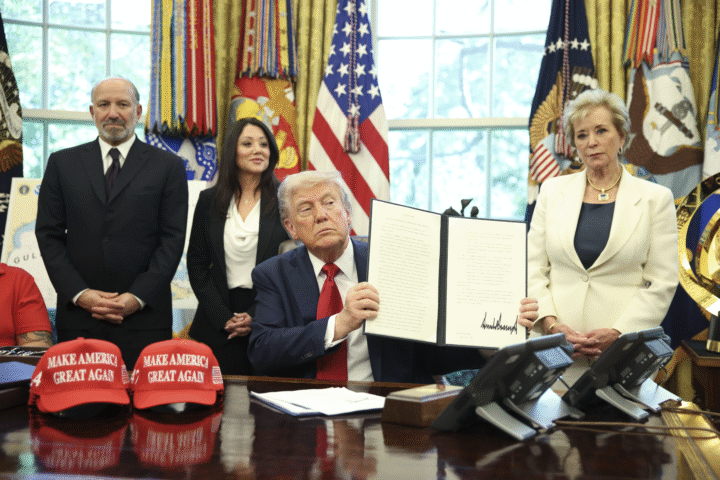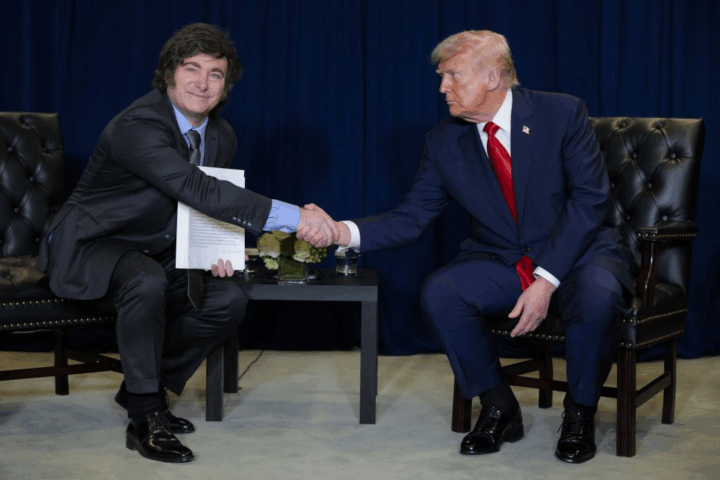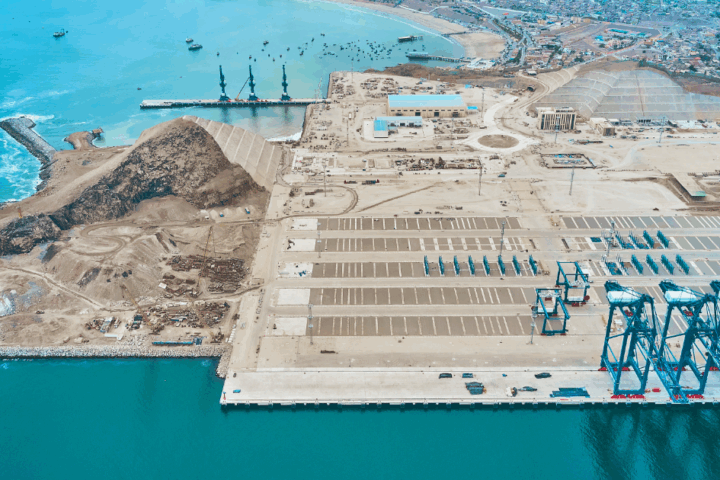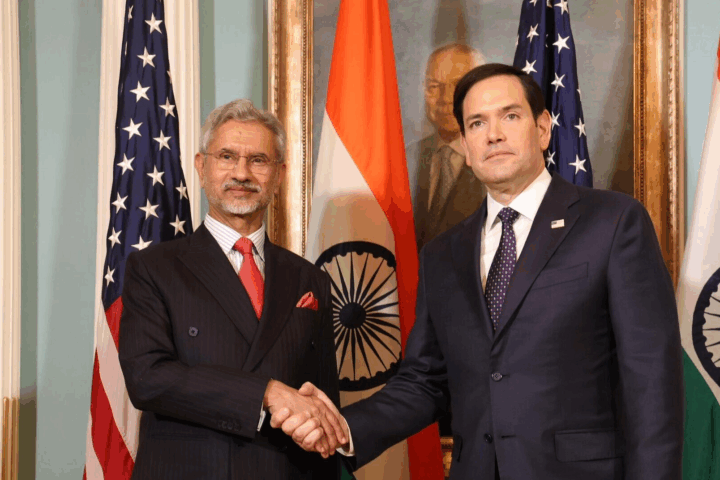In a high-stakes bid to dodge an all-out trade war with U.S. President Donald Trump, the European Union has pledged to buy $750 billion worth of American oil and gas by the end of his term. On paper, it’s a diplomatic win — a headline-grabbing promise meant to placate a notoriously transactional leader. But in practice, it’s an economic and logistical illusion.
The deal, announced with fanfare in Brussels, was sold as a strategic move to ensure energy security and reduce dependency on Russian imports — noble goals in the post-Ukraine-invasion era. But scratch beneath the surface, and this agreement begins to look less like a plan and more like political theater.
First, the math simply doesn’t work. According to Kpler analyst Laura Page, the EU imported just €76 billion of energy from the U.S. last year. To meet the new target, the bloc would need to triple those imports over the next three years. That would mean sharply reducing purchases from other major energy suppliers — like Norway, which offers cheaper pipeline gas — and cornering nearly the entire U.S. export market for oil and gas. The U.S. exported just $166 billion globally in these commodities last year. There is no conceivable way Washington can—or would—divert all of that to Europe alone.
And then there’s the technical mismatch. European refineries can only handle so much of America’s heavier, more sulfuric crude oil. “It really is a fantasy,” said Homayoun Falakshahi, head of crude analysis at Kpler, noting that even under ideal conditions, the EU could only bump U.S. oil imports from 12 to 14 percent of its total. The LNG side of the equation is no better. Infrastructure constraints — from port capacity to transatlantic shipping availability — make scaling up to the promised levels a logistical quagmire.
Beyond these physical hurdles lies a more fundamental truth: the EU doesn’t actually control energy buying decisions. Those are made by private companies that operate on commercial logic, not geopolitical promises. As one industry insider pointed out, “The EU is not a company. Will they force EU companies to buy gas and oil from the U.S.?” Unless U.S. energy becomes economically competitive — or Brussels decides to heavily subsidize purchases — private firms are unlikely to shift from cheaper or more convenient sources.
So why make the pledge at all?
The most plausible explanation is also the most concerning: desperation. Faced with the threat of sweeping 30 percent tariffs from a returning Trump presidency, the EU may have been willing to promise any figure to buy time. As Anne-Sophie Corbeau of Columbia University’s Center on Global Energy Policy put it, the EU was seemingly “ready to agree on any number” to avert a tariff crisis.
That might buy diplomatic breathing room, but at the cost of credibility. Overpromising and underdelivering on such a scale could undermine the EU’s image as a serious global actor. It also risks putting Brussels in a precarious position with its own member states and private sector, which are left scrambling to reconcile unrealistic targets with on-the-ground realities.
This episode is a case study in the danger of policy driven by panic. If the EU truly wants to reduce energy dependency and improve transatlantic trade relations, it must work within the bounds of commercial feasibility and infrastructure capacity — not political pressure points. That means realistic planning, investment in LNG terminals and transport, and perhaps most importantly, honest communication with its own citizens and businesses.
Energy diversification is vital. So is diplomacy. But pledging $750 billion in purchases that can’t be made isn’t strategy — it’s smoke and mirrors.










